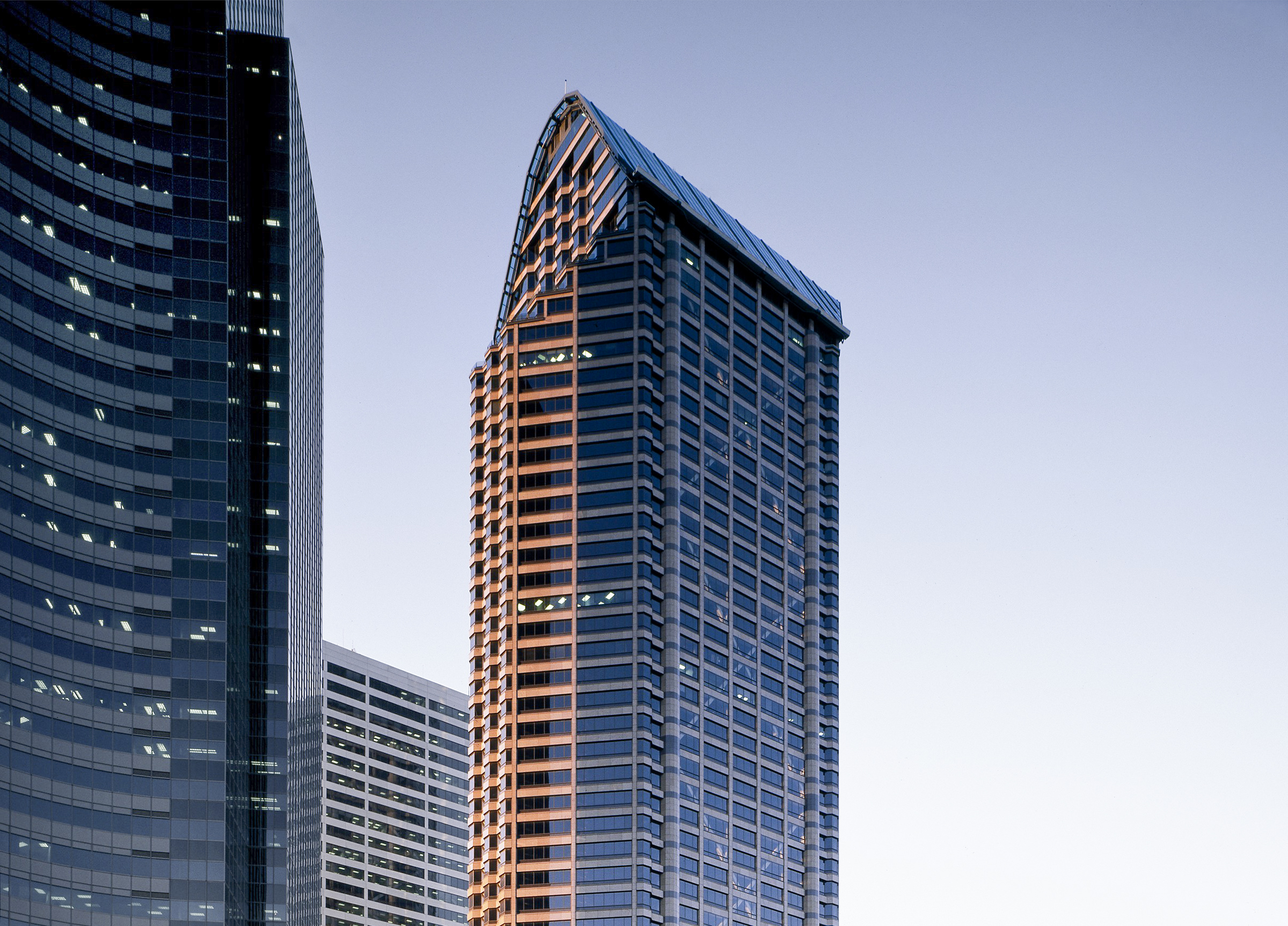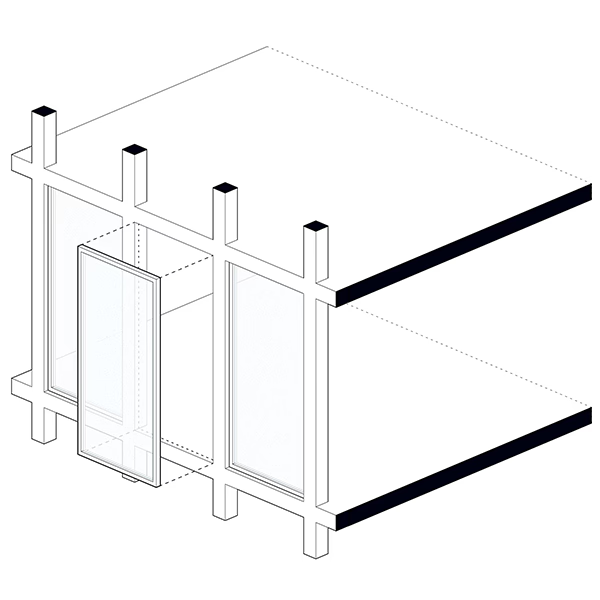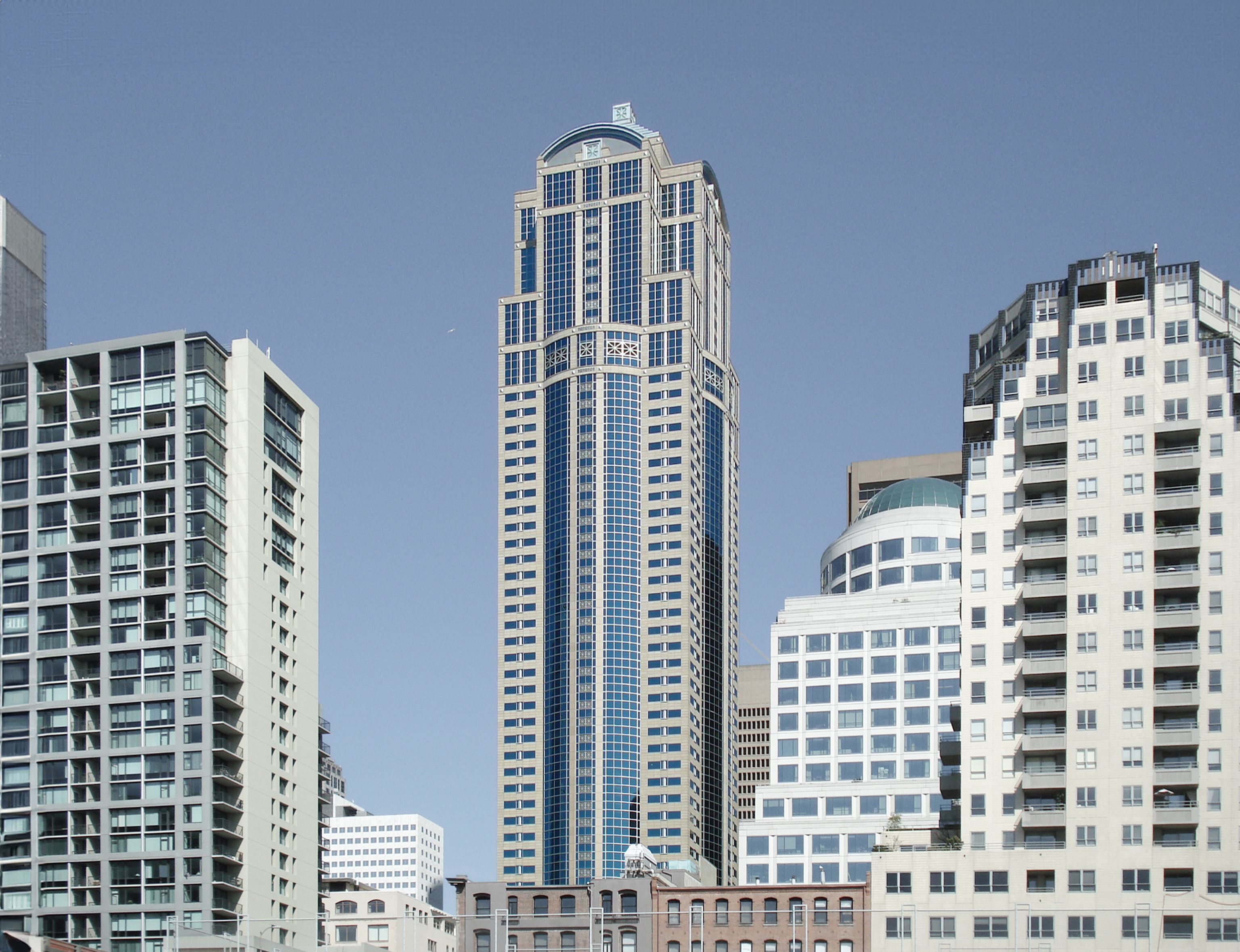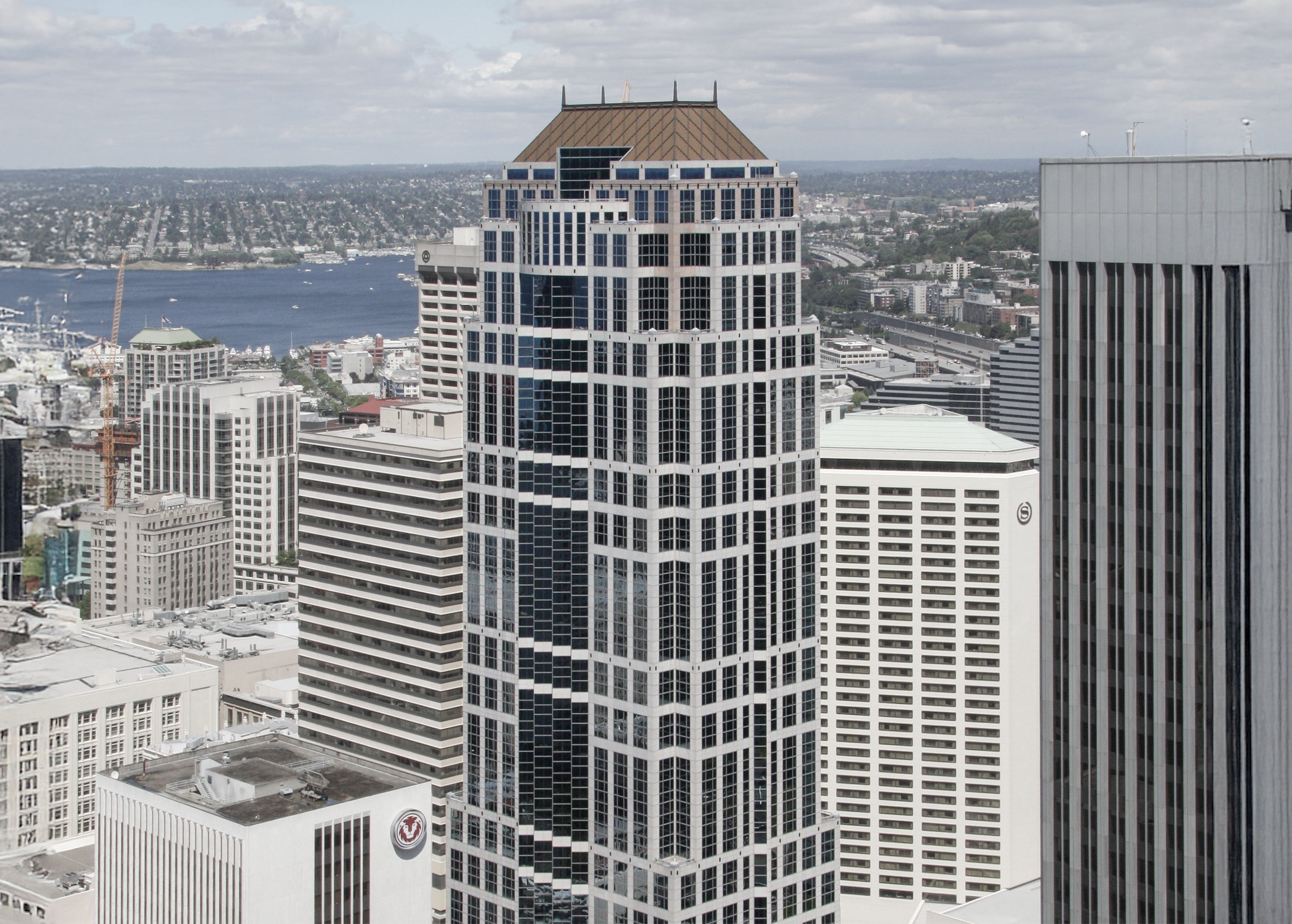The Seattle Municipal Tower is a Postmodernist skyscraper designed by Bassetti Architects, and built between 1987 and 1990, for a reported $200 million dollars, in Seattle, WA.
Seattle Municipal Tower is not the only name you might know this building by though. It is common for companies to want to attach their names to iconic buildings when they move in, or for the general public to come up with nicknames, and this one is no exception. The building has changed names several times over the years, and is also known as:
- AT&T Gateway Tower between 1990 and 1996.
- Key Tower between 1996 and 2004.
- Seattle Municipal Tower from 2004 until this day.
Its precise street address is 700 Fifth Avenue, Seattle, WA. You can also find it on the map here.
In 2021 the Seattle Municipal Tower was awarded with the BOMA International TOBY Award.
The building underwent a major restoration in 2003.




